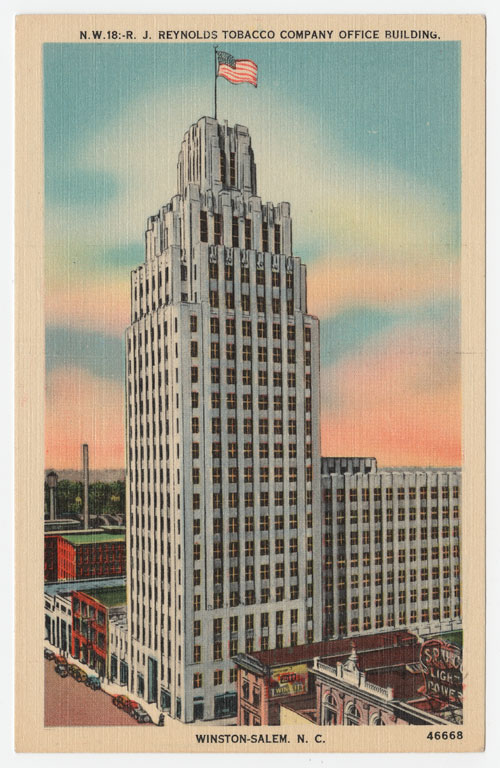Despite its undeniable gift for self-promotion, the Whitsett Institute (1888- ?), a boarding school in Guilford County, didn’t leave a big footprint in the educational terrain. But the collection does have this pinback button and 10 campus postcards, including wish-I-knew-more images of Gov. W. W. Kitchin and a contingent of Cuban students.
Idle thought: Were postcard inscriptions — “Hello! Maud, how are you these fine days. Say why didn’t you let me know Miss Angle was going to be visiting, didn’t know it until after she left…. Guess it is as dry a time around there as usual” — simply predigital tweets?
So how often do you happen onto “a verbal concision that can rise to a high level of eloquence”?




